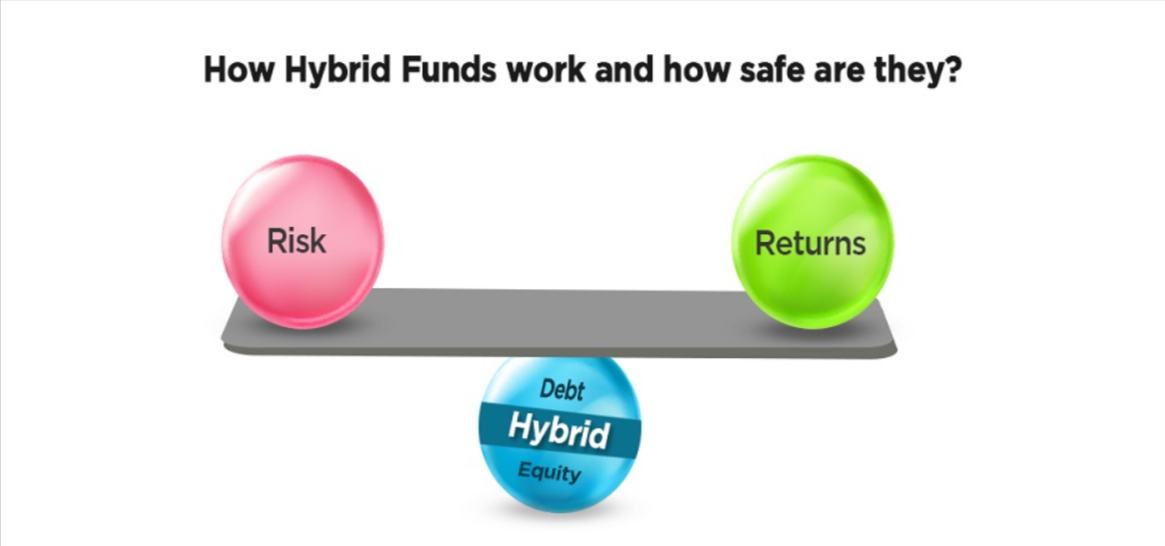Have you ever wondered how to get the best of both aspects in mutual funds — stable returns with controlled risk? That is where hybrid funds come into play. A hybrid mutual fund invests in a mix of asset classes like equities and debt, offering a balanced approach to growth and stability. But striking the right balance between risk and return requires careful planning.
These funds are increasingly popular among investors seeking diversification while managing market volatility. Choosing the best hybrid fund is not just about returns—it is also about understanding your financial goals, risk tolerance, and market trends.
So, how do you ensure you are making the right moves? Here are some tips to help you manage risk and optimise returns in hybrid mutual funds.
- Understand the type of hybrid fund
Hybrid mutual funds come in various types, such as equity-oriented, debt-oriented, balanced advantage, and dynamic asset allocation funds. If you are comfortable with higher risk, an equity-oriented hybrid fund might suit you.
However, if you want more stability, consider debt-oriented options. Knowing these differences helps align your investment with your financial goals.
- Diversify across asset classes
One of the key benefits of hybrid funds is their built-in diversification across equity and debt. To further reduce risk, you can diversify your overall portfolio by adding investments like index funds or other mutual funds.
This way, you spread risk across various asset categories while enhancing potential returns.
- Evaluate fund performance and management
While past performance does not guarantee future returns, it is still a useful indicator. Look for hybrid mutual funds with consistent performance across market cycles. Also, evaluate the expertise of the fund manager.
A skilled fund manager can make well-informed decisions to maximise returns while controlling risks.
- Reassess your risk tolerance periodically
Risk tolerance is not static — it changes with age, financial stability, and market conditions. If you are younger, you may lean toward equity-oriented hybrid funds.
But as you approach your financial goals such as retirement, shifting to conservative funds with more debt exposure can help safeguard your investments.
- Leverage market volatility with dynamic allocation
Hybrid funds like balanced advantage funds adjust their equity and debt allocation dynamically based on market conditions. When markets are performing well, these funds reduce equity exposure; when markets are underperforming, they increase it.
This automatic rebalancing helps protect your capital while taking advantage of growth opportunities.
- Don’t overlook costs and taxation
Expense ratios and tax implications can affect your net returns significantly. Check the expense ratio of the hybrid fund to ensure it does not eat into your profits.
Additionally, understand the tax treatment—returns from hybrid funds are taxed based on the proportion of equity and debt, impacting your overall returns.
Ending note
Balancing risk and return in a hybrid mutual fund involves knowing your financial goals, evaluating market conditions, and determining your risk tolerance. By choosing the right type of mutual fund, leveraging mutual fund diversification, and keeping an eye on costs, you can create a portfolio that works for you.
While hybrid funds offer the flexibility to balance risk and return, pairing them with other investments like index funds ensures a robust and resilient strategy. Lastly, staying informed and periodically reviewing your portfolio are key to achieving your financial goals in a dynamic market vertical.






